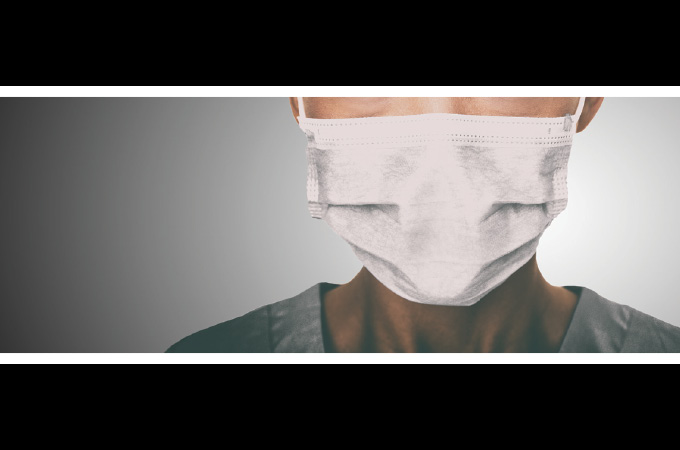When a new infection like COVID-19 enters the population, it takes time for medical professionals and scientists to understand how it spreads and how to fight it. Since the pandemic began, researchers have been studying the virus’s unique characteristics so it can be prevented and treated more effectively. Dr. Andrew Janowski, an infectious disease specialist at Washington University School of Medicine, says the medical community’s knowledge of the condition will continue to evolve in the coming months.
“There has been recent data to support that the primary way people get COVID-19 is by close contact with infected people spreading respiratory droplets and secretions through the air, especially inside the six-foot range,” Janowski says. “And it isn’t just from coughing or sneezing; it can be through talking or even singing. We’ve heard about people getting sick after a choir practice, for example, even though distancing precautions were observed.”
Although the virus is mostly transmitted through the air, there still is some risk of spreading it by contacting surfaces and then touching your face, Janowski explains. “We don’t yet have good studies saying where it’s most likely to enter the body, but we know it can do so through any mucous membrane, including those in the eyes, nose and mouth,” he says. “You are at higher risk of getting the virus from respiratory droplets than from a surface.”
Janowski says face masks will continue to be an important precaution, and clear plastic face shields may be next on the list of protocols. “Some places like restaurants and hair salons are using shields, and if we get more evidence that they are effective, they may start being recommended,” he notes. “For now, N95 masks are the best protection, but people who don’t have access to them should continue wearing cloth masks. If you have been exposed, you are less likely to spread the virus when wearing a mask.”
Local research is helping to increase understanding of COVID-19, according to Janowski. “At Washington University, we are looking at transfusing plasma from previously infected people into those who are currently sick,” he says. “We think antibodies in the donated blood may provide benefits to an acutely ill person. We also are looking at what parts of the virus could be used in a new vaccine. Developing a new vaccine is very complex; it has to be safe as well as effective, so the process takes time. One of the biggest challenges is that the antibodies may end up not being protective, and they even may hinder the immune system in some ways. This has happened during the development of other vaccines.”
Tracking disease data also has resulted in some interesting findings, Janowski notes. “Since the shutdown began, we have followed the incidence of other viral infections like colds and flu, and we have seen those almost disappear,” he says. “This suggests that social distancing and other safety measures are effective. With that said, we still are seeing a resurgence of COVID-19 because of public gatherings and events, so using the right precautions continues to be very important.”








